Asean's golden jubilee: 50 things about Asean countries you probably didn't know
Ten countries, several ethnicities, dozens of fables, scores of cultural symbols, hundreds of places to visit and thousands of delicacies to relish - diversity flourishes across this region of over 628 million people. The Sunday Times highlights five facts each about the regional grouping's members.
Sign up now: Get insights on Asia's fast-moving developments
Thailand
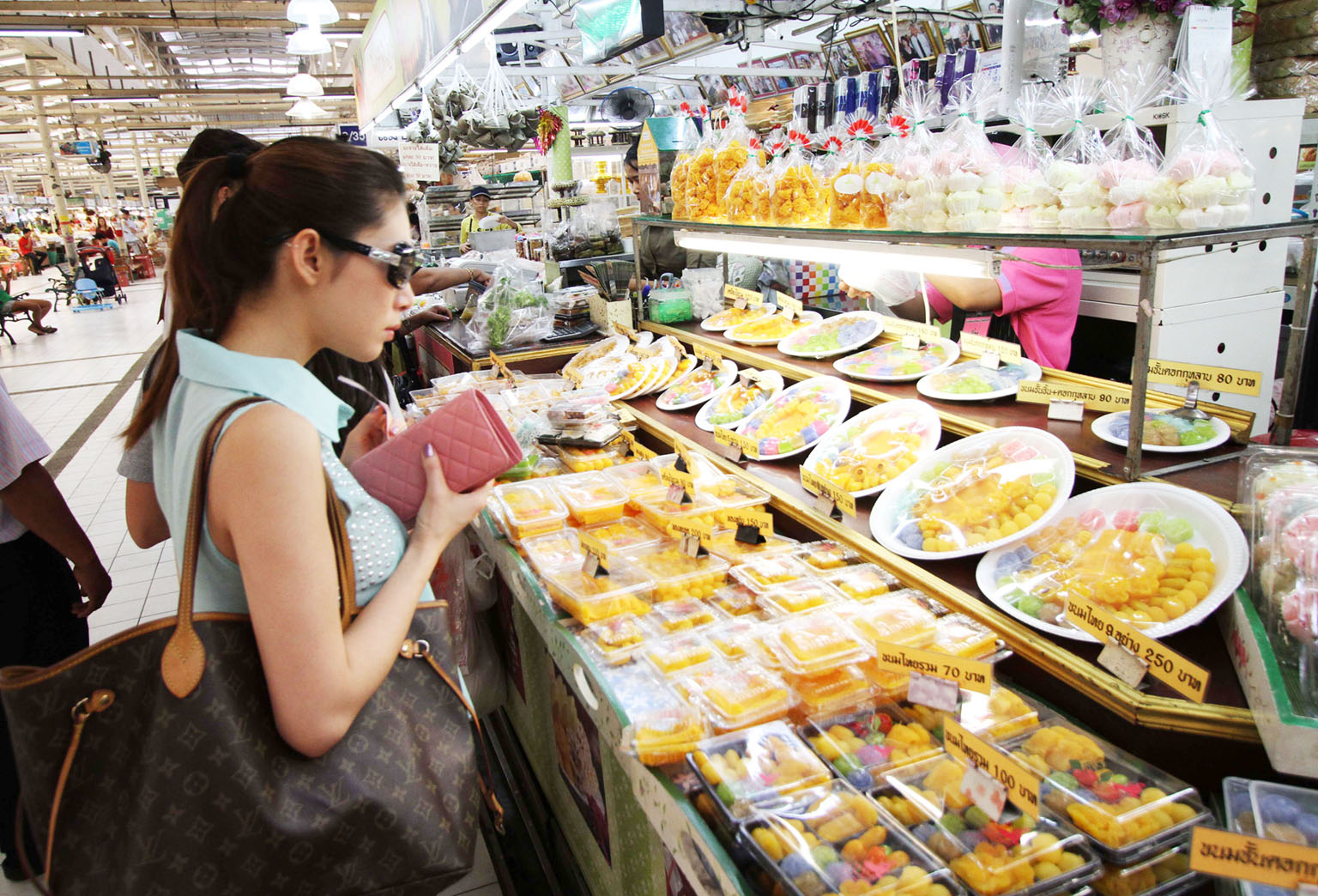
BANGKOK'S 'GOURMET' FRESH MARKET
Most wet markets in Bangkok, or anywhere in Thailand, are wet, smelly and crowded places where hygiene and quality are not the top priorities. Not so with Or Tor Kor Market (pronounced Aw Taw Kaw), the Marketing Organisation for Farmers, in northern Bangkok - right next to the world-famous Chatuchak Market.
The bright and airy market recently ranked fourth in a CNN survey of the top 10 best fresh markets in the world, alongside the likes of La Boqueria in Barcelona, Tsukiji Fish Market in Tokyo and Union Square Farmers Market in New York City.
According to the report, Or Tor Kor "displays exotic fruits and vegetables that are unique to Thailand, as well as imported specialities from around Asia. The market is immaculate and brightly lit, allowing shoppers to easily cruise for seafood, sweets and cooked foods".
While most of the fruit and vegetables on display look noticeably superior to those found elsewhere in Bangkok, they are also considerably pricier.
To get to the market, exit the MRT at Kamphaeng Phet station and follow the signs. The market is open daily from 6am to 8pm.
Vietnam

AN ETHNIC GROUP FACING EXTINCTION
The Si La ethnic group is among those with the fewest people in Vietnam.
With a population that is fewer than 1,000, the Si La people live mostly in Muong Te District in the northern province of Lai Chau and in Muong Nhe District in the northern province of Dien Bien.
The Si La people's language belongs to the Sino-Tibetan language family, but its usage is dropping and the group has no written language.
Hundreds of years ago, the group's ancestors lived in Lhasa, the capital of today's Tibet Autonomous Region of the People's Republic of China. They then migrated to Laos before coming to Vietnam.
Men in the group used to dye their teeth red, while women dyed their teeth black, but that custom has died out. The costumes of the Si La women are made with metal coins attached to the chest. Their headscarves indicate their ages and marital status. The Si La people customarily marry twice. The second ceremony is held one year after the first.
Malaysia
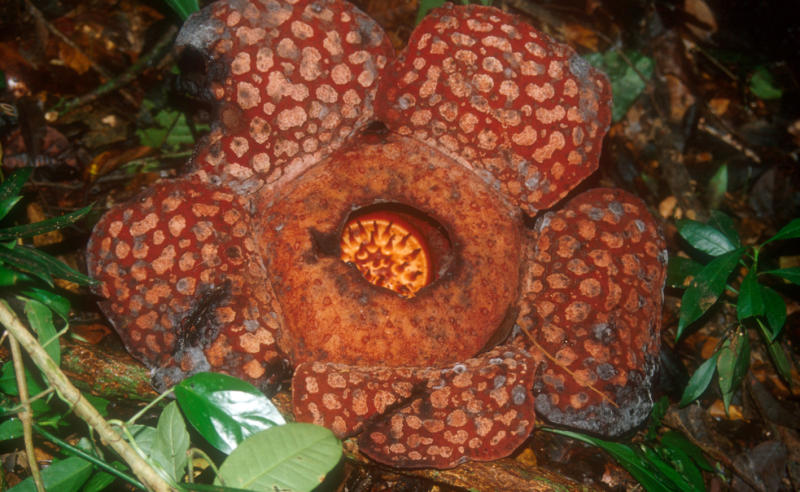
CATCH WORLD'S BIGGEST FLOWER AT GUNUNG GADING
Mount Kinabalu in Sabah comes to mind at the mention of "mountains" and "Malaysia". But the Gunung Gading National Park in neighbouring Sarawak also warrants a visit.
The mountain, named after the legendary Princess Gading (a guardian of three mountain peaks), is touted as one of the best places in the region to see a Rafflesia in bloom. It is said to be the largest and most beautiful flower in the world. Home to a range of wildlife, the park has three nature trails.
Singapore
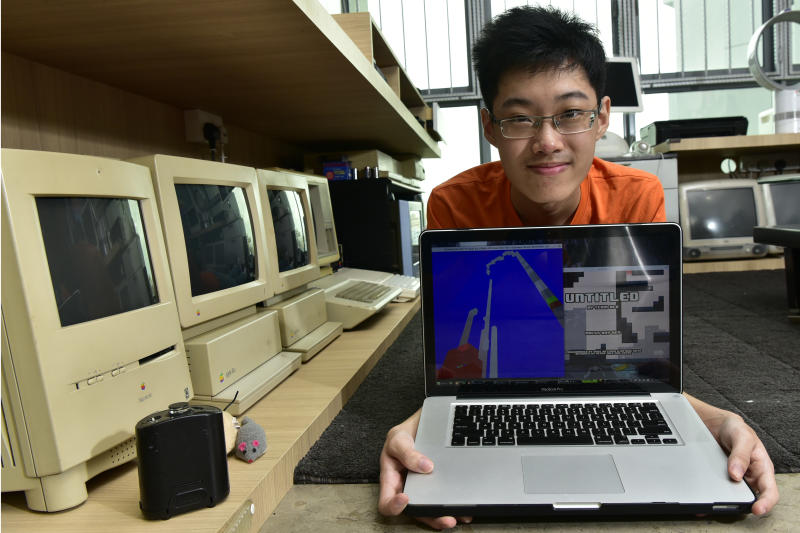
HOME TO THE WORLD'S YOUNGEST APP DEVELOPER
The world's youngest app developer, Mr Lim Ding Wen, created his first app at nine in 2009.
It is a drawing app named Doodle Kids. Working from an Apple IIGS computer, he wrote it in a few days, before porting it for the iPhone and releasing it for free on the App Store. He is now an aspiring game developer with more than 20 apps under his belt.
Cambodia
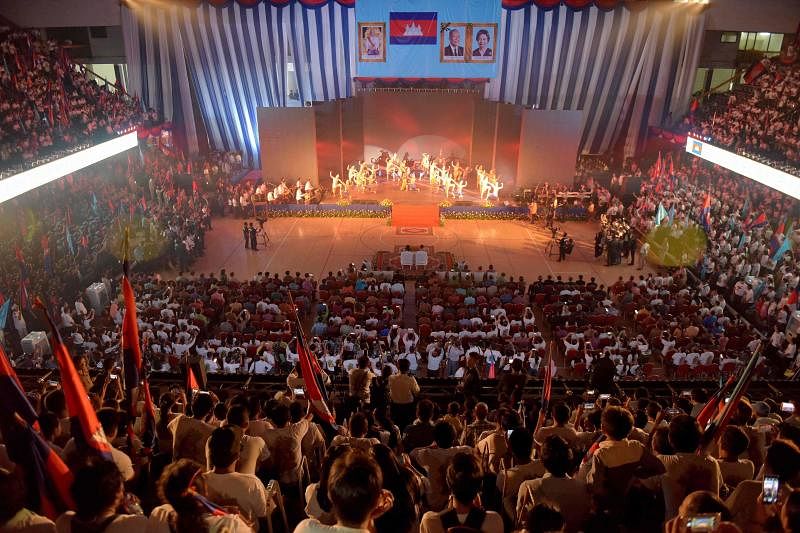
KHMER ARCHITECTURE IS MODERN
French-educated Cambodian architect Van Molyvann led a profound period of architectural change between Cambodia's independence in 1953 and 1975, during which he combined elements of the modernism of the 1950s and 1960s with traditional Khmer elements to create Khmer architecture. These elements included the use of new construction material or reinforced concrete and the elevation of buildings on stilts.
The monuments, commissioned under King Norodom Sihanouk's patronage, celebrate independence and symbolise hopes for a modern future. While many have been torn down, some New Khmer Architecture masterpieces remain, including Phnom Penh's Olympic Stadium, the Chaktomuk Conference Hall, the Royal University of Phnom Penh and the Cambodiana Hotel.
Indonesia
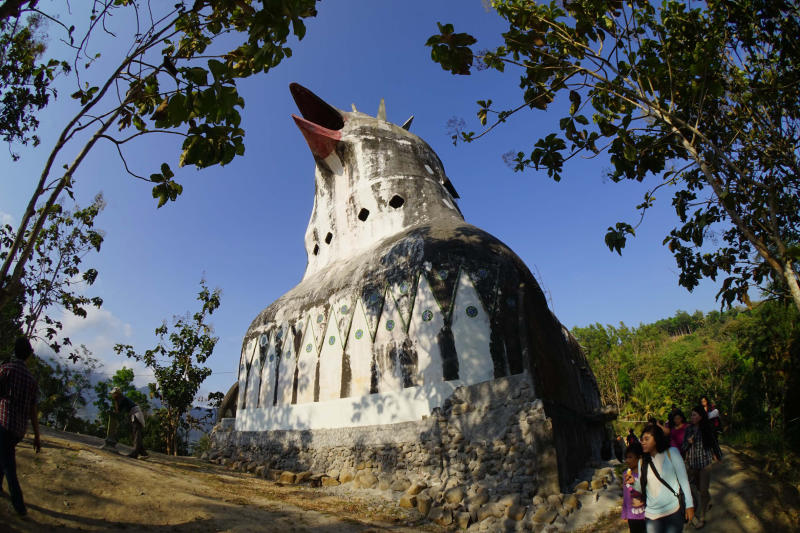
HEARD OF CHICKEN CHURCH?
Hidden on Punthuk Setembu hill in Magelang, a few hours' drive from Yogyakarta, is an abandoned prayer house built in the shape of a crested dove. Thousands have been flocking to see the building after it was featured in the box-office romantic hit drama Ada Apa Dengan Cinta? 2.
The spot used to be a well-kept secret where photographers got an overview of Borobudur Temple, but now offers tourists an Instagram moment at sunrise.
Myanmar

A BREATHTAKING CAVE IN AN AMAZING LANDSCAPE
The Saddan cave, one of the biggest in Myanmar, is dotted with several images of Buddha.
It takes about 20 minutes to cross the cave, if the bats do not deter you, and the exit opens into a lake, offering a view of a landscape that will enchant you.
Laos
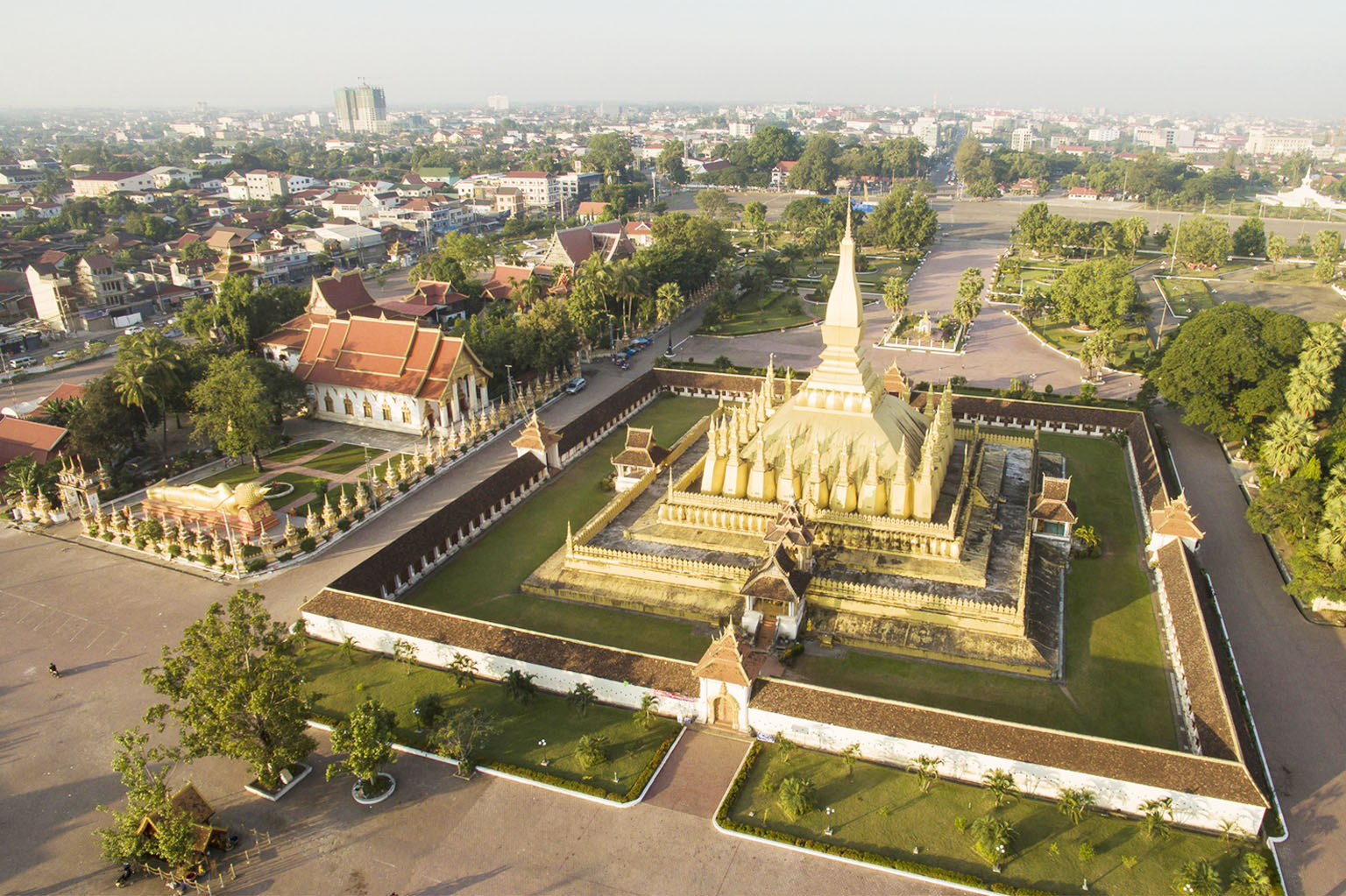
FIND ONE OF THE WORLD'S TOP BUDDHIST MONUMENTS
Originally built in the third century at the same time Vientiane was established, That Luang stupa is the symbol of Laos.
It was built to house the bones of Lord Buddha, but the original structure was renovated on the orders of King Saysetthathirath when he moved the Lao capital from Luang Prabang to Vientiane in 1560. The stupa is one of the world's must-see Buddhist monuments.
Philippines
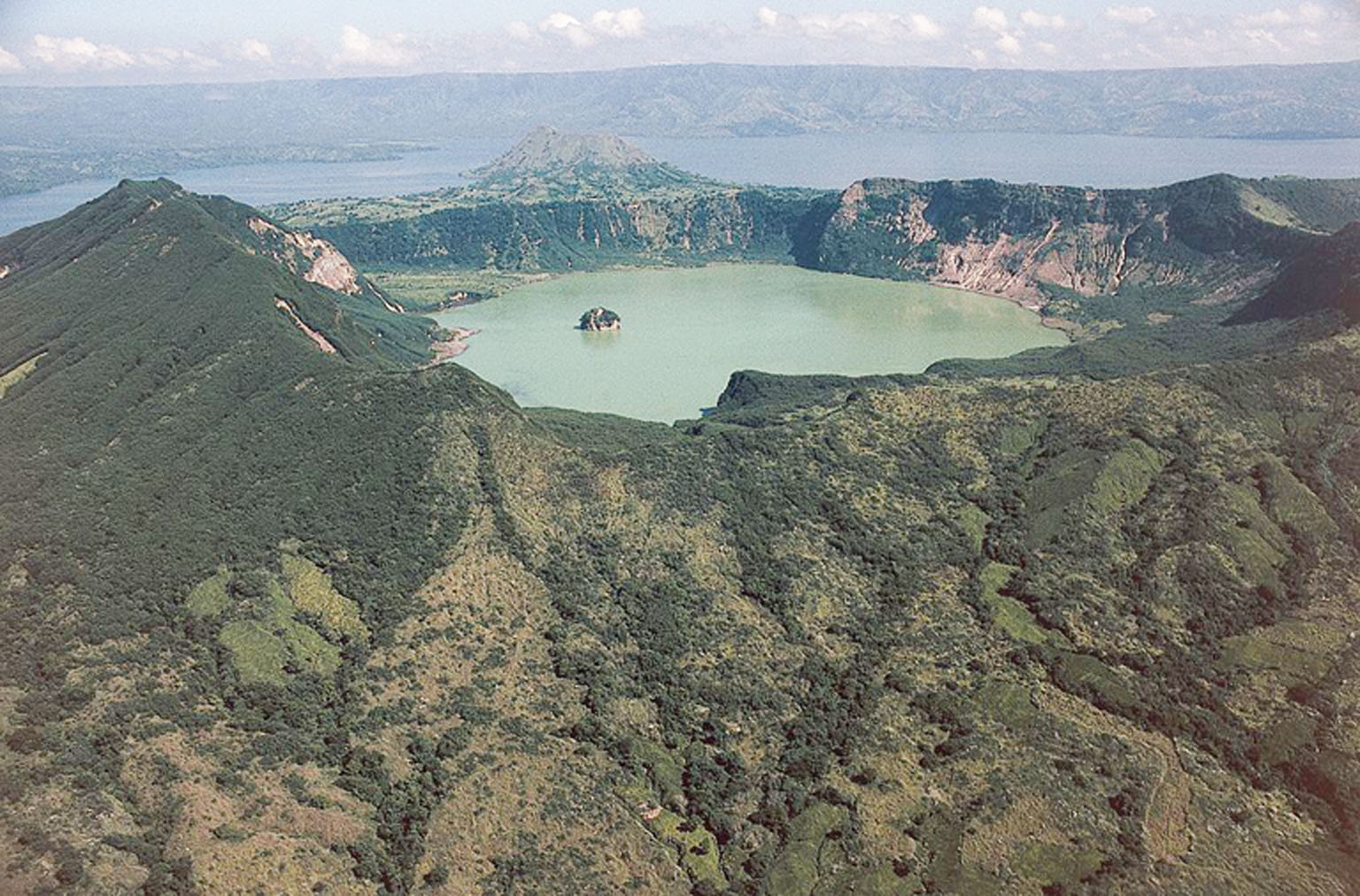
ISLAND IN A LAKE ON AN ISLAND IN A LAKE
While Vulcan Point may no longer be the largest specimen of its kind, it is still a marvel of nature to experience. Vulcan Point is an island in a lake on an island in a bigger lake.
The lake surrounding Vulcan Point, Taal Lake, is a volcanic one formed after eruptions sealed the water body. After centuries of rainfall, it slowly desalinated and become host to a plethora of species that slowly adapted to the change in the salinity of the water. The volcano holding all of this, the Taal Volcano, is the second-most-active volcano in the Philippines.
Brunei

A PALACE FIT FOR ANY KING
The 1,788-room Istana Nurul Iman, spanning a mind-boggling 120ha, is the world's largest residential palace, housing the Prime Minister's Office and the seat of the government of Brunei.
It also has a mosque that can hold 1,500 people, five swimming pools and even a helipad.
Fast facts about Asean@50
- Asean has the biggest population of any geopolitical bloc - totalling more than 628 million people (nearly 10 per cent of the world's population).
- Its member states have a combined gross domestic product (GDP) of US$2.5 trillion (S$3.4 trillion), up from US$1.3 trillion seven years ago.
- The Asean economy is the third largest in Asia and the sixth largest in the world, with the regional GDP growth rate higher than the global average.
- More than half of its population is under 30 years old.
- There is a wide disparity in population size. It ranges from 417,000 in Brunei to 255 million in Indonesia.
- Indonesia's GDP is still three times larger than the combined GDP of Vietnam, Cambodia, Laos and Myanmar. The country's GDP is also close to the GDP of Malaysia, Thailand and Singapore combined.
- The country with the highest percentage of exports going to Asean markets is landlocked Laos (65 per cent). In second place is Myanmar, which sends 42 per cent of its total exports to Asean countries. The rest of Asean are at around 25 per cent.
- The top exporter to Asean markets is Singapore, followed by Malaysia and Thailand. Despite being the bloc's largest economy, Indonesia ranks fourth as an exporter to Asean.
- Thailand remains the manufacturing superpower in South-east Asia, with more than 420,000 manufacturing establishments. Cambodia has 71,000 establishments, Vietnam 63,000 and Indonesia 24,000.
- There are 227 companies in Asean with revenues over US$1 billion.
- There is a wide disparity in income per capita, ranging from US$1,246 in Myanmar to US$52,000 in Singapore.
- Overall competitiveness has been improving. According to the World Economic Forum's Global Competitiveness Report 2016-2017, Singapore ranks No. 2. Five others - Malaysia (No. 18), Thailand (No. 32), Indonesia (No. 37), the Philippines (No. 47) and Vietnam (No. 56) - figure in the top half of the index.
- Within Asean, Malaysia sends the highest number of students (53,000) to international locations outside the region, followed by Vietnam (52,000) and Indonesia (33,000). Malaysia also receives the largest share of inbound international students, followed by Singapore.
- Malaysia and Thailand each receives significantly more international tourists (27 million and 24 million respectively) than their next Asean peers.
- Disputes over control of parts of the South China Sea remain a cause of worry. Improving infrastructure and IT capability are key challenges.


